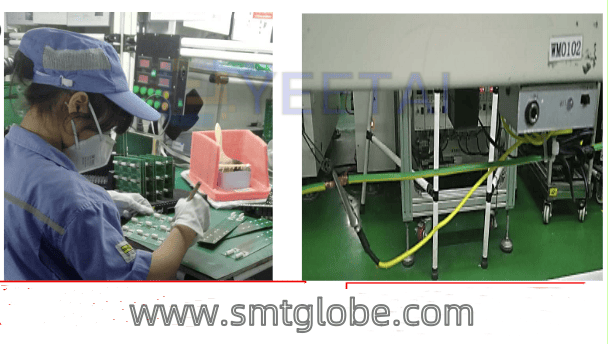Odd form insertion feeders play a crucial role in automated component assembly, and the welding process is integral to their construction. Proper welding techniques ensure the efficiency and functionality of the feeders, making it imperative to understand the various welding methods applicable in this context. This article explores three main types of welding techniques commonly used in odd form insertion feeders: fusion welding, pressure welding, and brazing.
Understanding Welding Processes
Welding is a manufacturing process where two or more workpieces are joined together through heat, pressure, or both, creating a permanent bond. In the manufacturing sector, approximately 50% of the annual steel consumption involves some welding processes, underscoring its significance.
1. Fusion Welding
Fusion welding involves heating specific areas of the workpieces until they melt and then allowing them to solidify, forming a welded joint. This method includes various welding techniques such as:
- Arc Welding
- Gas Welding
- Electric Slag Welding
- Electron Beam Welding
- Laser Welding
Fusion welding is widely used because it effectively joins most low-carbon and alloy steels. Specialized fusion welding techniques can even join non-metals such as ceramics and glass.
2. Pressure Welding
Pressure welding requires the application of pressure to facilitate the welding process, which may or may not involve additional heating. The purpose of heating in pressure welding is to soften the metal, allowing it to deform plastically under pressure and bring the atoms closer together to achieve a strong bond. Key types of pressure welding include:
- Resistance Welding
- Friction Welding
- Ultrasonic Welding
- Cold Pressure Welding
- Explosive Welding
- Diffusion Welding
- Magnetic Welding
The benefits of pressure welding include a smaller change in the welded joints, fewer cracks, and a high potential for automation, making it suitable for high-volume production.
3. Brazing
Brazing is a method that involves using a filler material with a melting point lower than that of the base metals being joined. The filler material is heated and melted without reaching the melting point of the parent metals, filling the gap and creating a strong bond. Brazing can be classified into two main types:
- Hard Soldering: Involves heating above 450°C and achieving tensile strengths above 200 MPa. It is often used with materials like silver or copper alloys in applications requiring high strength and resilience, such as for hard alloy cutting tools and geological drill bits.
- Soft Soldering: Operates below 450°C with tensile strengths less than 70 MPa, suitable for low-stress and lower temperature applications, such as soldering in electronic circuits.
Conclusion
In the construction of odd form insertion feeders, each welding technique—fusion, pressure, and brazing—has its unique advantages and applications. The choice of welding method will depend on the specific characteristics required for the feeder’s performance and the materials being used. By understanding these welding processes, manufacturers can optimize their production and enhance the efficiency of their odd form insertion feeders.
At YEETAI, we produce all kinds of feeder to upgrade SMT machines.



